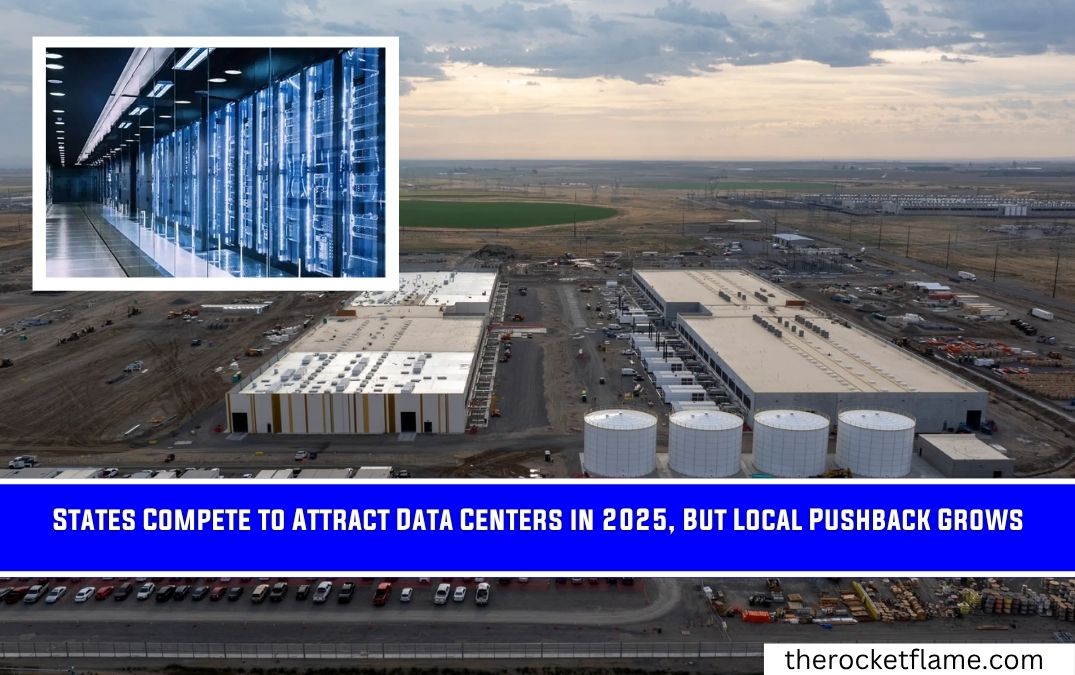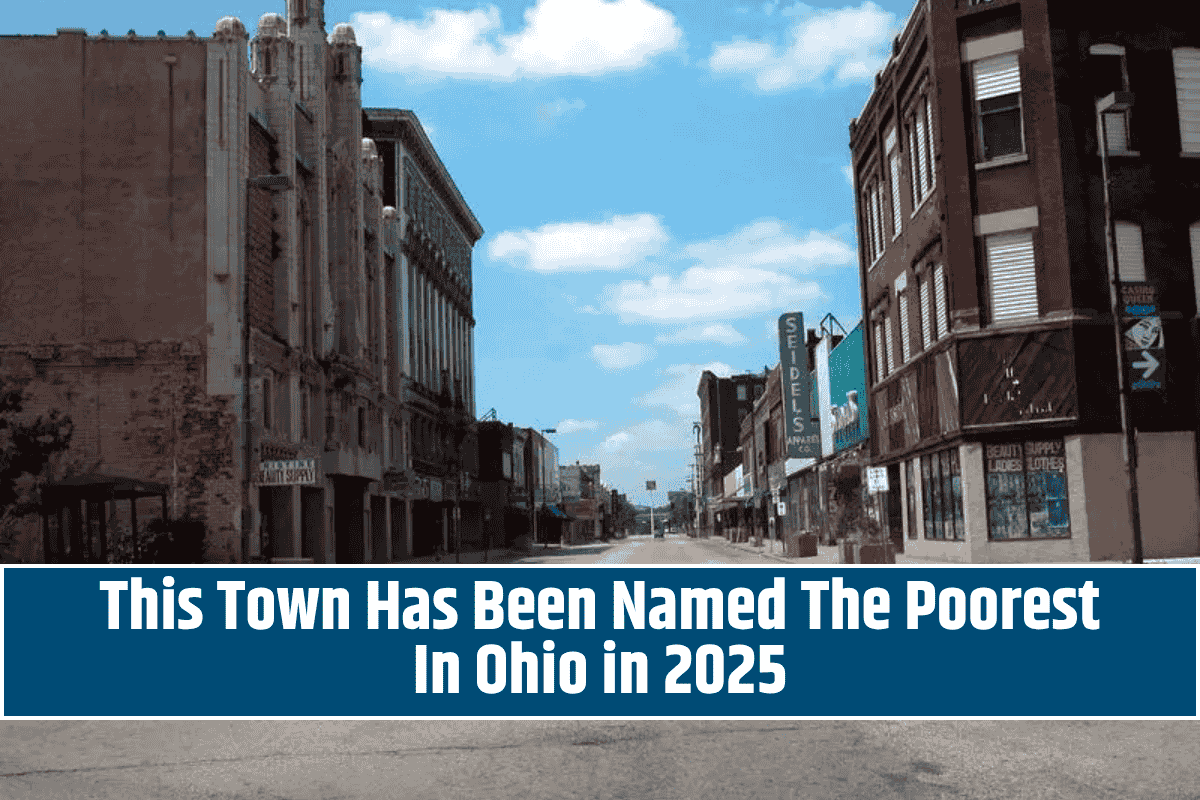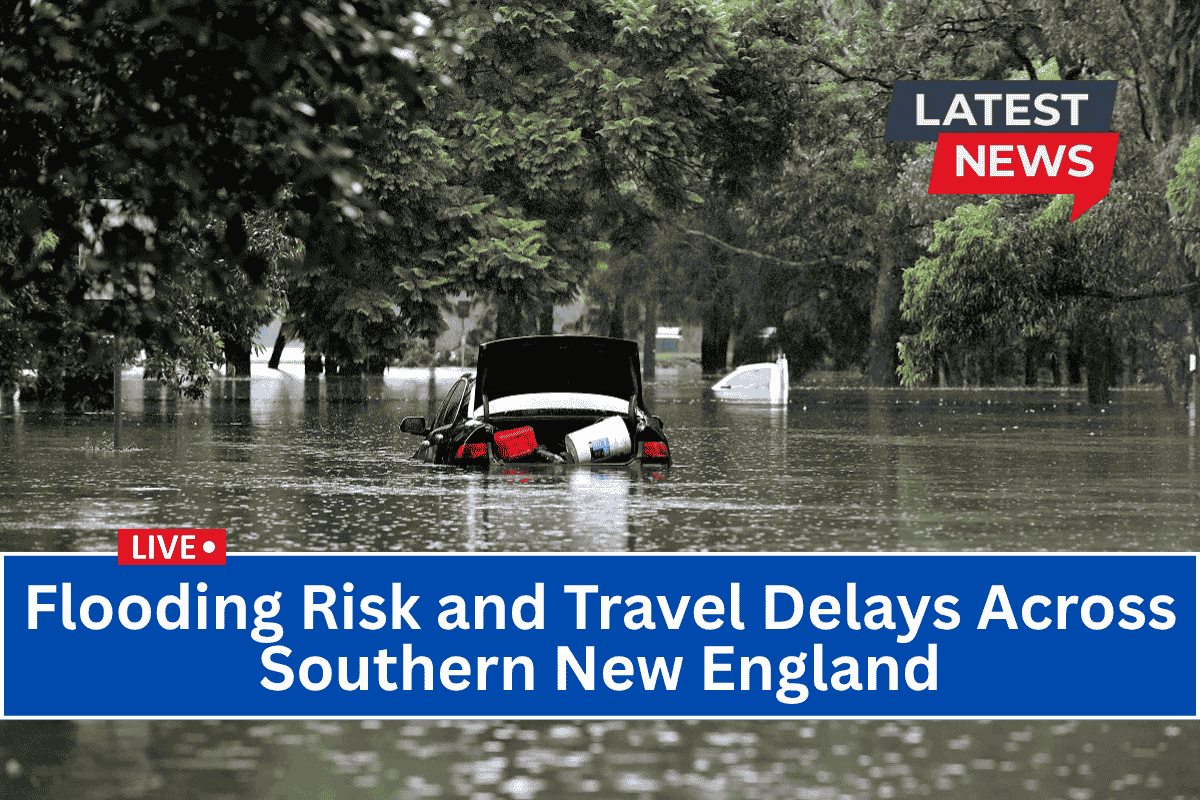States across the U.S. are offering major incentives to attract data centers amid surging demand for artificial intelligence and cloud computing.
But even as construction accelerates, lawmakers and communities are voicing concerns about environmental impact, energy use, and long-term benefits.
What Happened
The expansion of data centers—critical for powering AI tools like ChatGPT—is triggering a wave of legislative activity.
States are aggressively courting developers with tax breaks and regulatory support to bring these facilities to their regions.
However, the rapid growth is not without resistance. Local communities and lawmakers in several states are questioning the sustainability and fairness of these deals.
Key Details
- Since late 2022, the data center industry has boomed, driven by AI growth.
- Many states now offer tens of millions in incentives, tax breaks, and utility perks.
- Data centers demand enormous amounts of electricity, land, and water.
- Critics argue they provide few long-term jobs and strain local resources.
- Developers seek large-scale “hyperscaler” sites—often hundreds of acres and megawatts of energy.
| State | Recent Action |
|---|---|
| Kansas | Approved sales tax exemptions for data center construction materials. |
| Michigan | Passed laws mandating clean energy and municipal water use. |
| West Virginia | Created microgrid zones exempt from local zoning and utility rules. |
| Texas | Considering utility rule changes; business groups warn of losing developers. |
| South Carolina | Passed bill to accelerate power plant construction for data centers. |
Reactions or Statements
State Rep. Eric Nelson (PA) stated, “Pennsylvania has companies that are interested… but we have a bureaucratic process that won’t open its doors.”
West Virginia Gov. Patrick Morrisey called his data center initiative a “landmark policy” aimed at making the state a national tech leader.
In contrast, South Carolina Senate Majority Leader Shane Massey criticized the growing burden on electricity ratepayers: “We’re making customers pay for two power plants when they only need one.”
Investigation or What’s Next
States like Oregon and Georgia are drafting legislation to ensure that data centers cover infrastructure costs directly.
Virginia Governor Glenn Youngkin recently vetoed a bill that would have required more transparency from developers.
Meanwhile, Texas lawmakers are debating rules that could regulate direct hookups to the power grid—causing some developers to hit pause on new projects.
FAQs
What are data centers used for?
They power cloud computing services and AI platforms like ChatGPT, storing and processing massive data volumes.
Why are states offering incentives?
To attract the economic benefits of construction, local spending, and tax revenue associated with data center development.
What concerns do critics raise?
High water and energy usage, minimal long-term job creation, and infrastructure strain.
Which states are leading in data center growth?
Virginia, Texas, and Oregon are major hubs, but other states like Pennsylvania are trying to catch up.
How much energy do data centers consume?
Hyperscale centers can demand hundreds of megawatts, equivalent to powering small cities.
Summary / Final Takeaway
As the U.S. continues to embrace AI and digital services, data center demand is skyrocketing.
While states are eager to capture this economic opportunity, the debate over environmental costs, community impact, and infrastructure stress is far from over.












